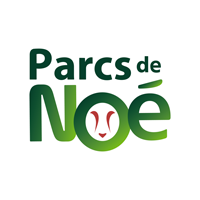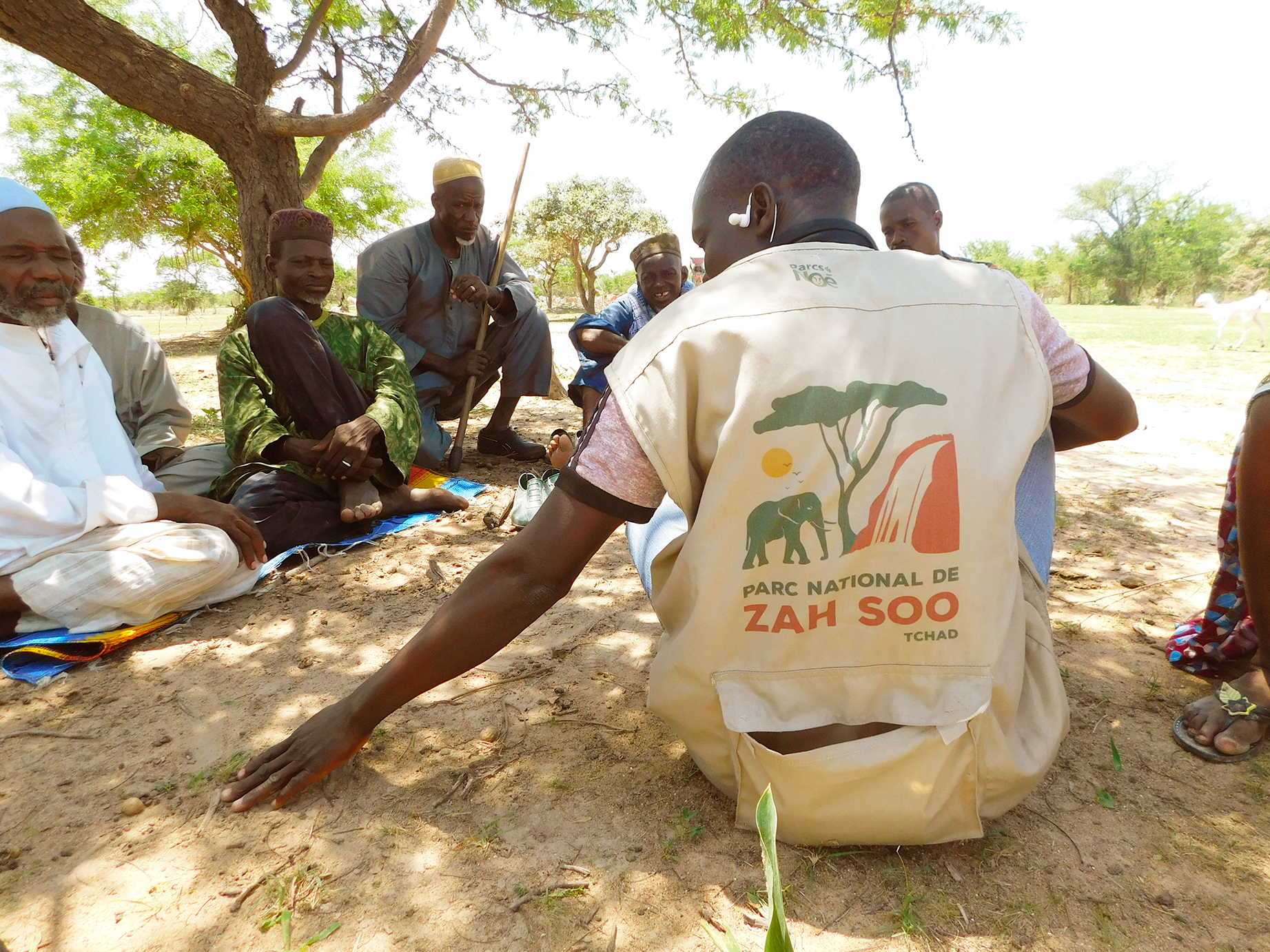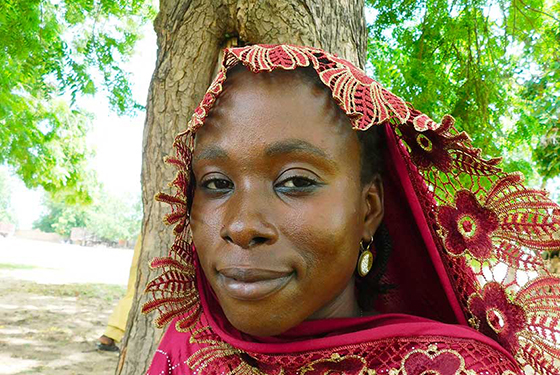Zah Soo National Park, the 4th National Park of Chad, with an area of 815 km², is a still intact core area of the Binder-Léré Wildlife Reserve. Located in the southwest of Chad, in a gradient of unique ecosystems of Sudano-Sahelian environments, this mosaic of savannahs, gallery forests, rivers and wetlands of Mayo Kebbi makes this protected area one of the most diverse in the country.
The park is home to many emblematic species including the 3rd largest population of savanna elephants in Chad, the Kordofan giraffe, leopard, buffalo, roan hippotrague and many other species, including the only manatee population in the country. Within the park, the Zah Soo Falls, with a drop of 45 meters, are the most spectacular waterfalls in Chad. This natural barrier, uncrossable for fish species from the Niger basin to the Chad basin, has given rise to a great diversity of fish.
CHALLENGES TO BE MET
Once populated by abundant wildlife, this natural area, which has been classified as a Wildlife Reserve since 1974, has seen its populations decline drastically, and species such as the lion and black rhino disappear under heavy poaching pressure.
Part of the reserve, without effective management or monitoring, has also been degraded by agriculture and human activities. Faced with this situation, the Ministry of the Environment, Fisheries and Sustainable Development of Chad, the NGO Noé and local actors, including local populations, have decided to strengthen the protection status of the heart of the Binder-Léré Wildlife Reserve as a National Park, in a territorial partnership project.
“The creation of this new National Park for Chad, and its effective protection, are a tremendous message of hope for the safeguarding of Chad’s natural heritage, the local communities who will benefit from this territory project, and future generations. Arnaud Greth, President of Noé
A HISTORIC COLLABORATION FOR THE BENEFIT OF BIODIVERSITY
On July 26, 2021, a partnership agreement was signed between Chad’s Minister of the Environment, Mahamat Ahmat Lazina, and Noé’s President, Arnaud Greth, entrusting Noé with the management of Zah Soo National Park for a period of 15 years. This unique collaboration will address the management challenges of developing the protected area, supporting the development of local communities on the park’s periphery, safeguarding endangered species through better protection, and ultimately developing its tourist appeal.
A work made possible thanks to the support of the French Development Agency
The creation of Zah Soo National Park was made possible by the support of the French Development Agency (AFD), which, along with the European Union, are Noé’s main financial partners in ensuring its long-term sustainability.
“Income-generating and nature-friendly projects will be developed with and for the benefit of village communities living on the periphery of the National Park, who will also benefit from the creation of local jobs. Edouard Boulanodji, Country Director Chad.










